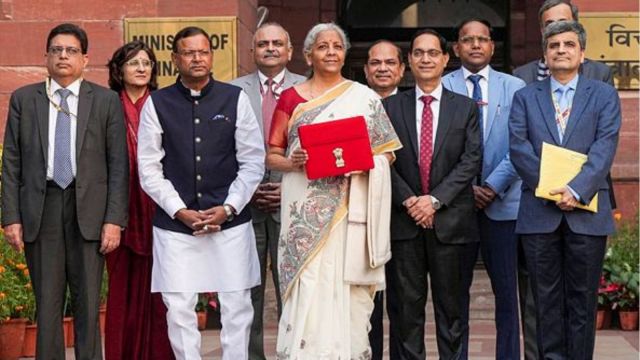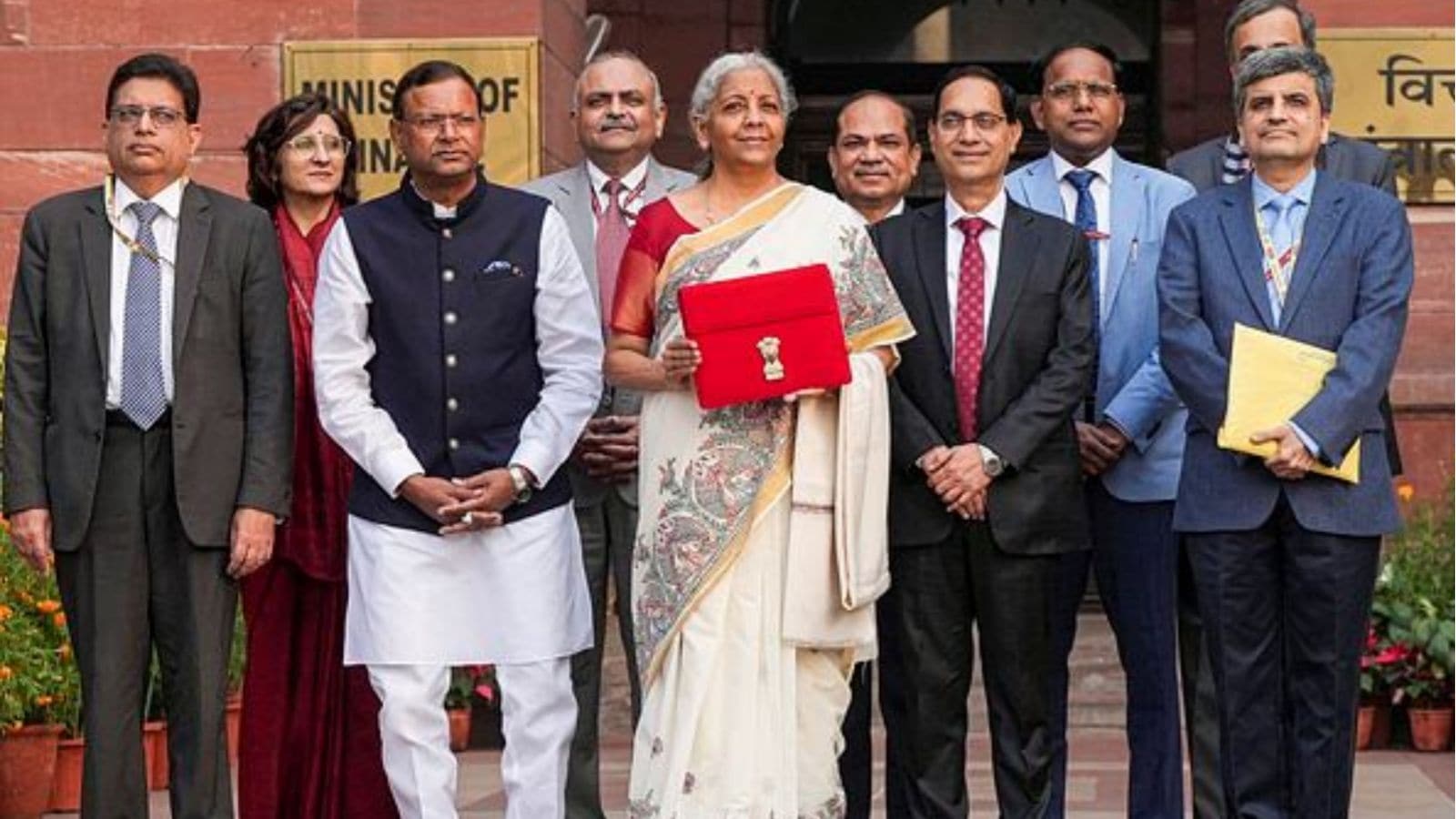

Feb 8, 2025 07:05 IST First published on: Feb 8, 2025 at 07:05 IST
Many Indians look at annual budgets only for relief in direct and indirect tax regimes that benefits the middle class. Finance Minister Nirmala Sitharaman did not disappoint them this time. For years, the FM endured criticism for failing to increase the income tax exemption rate substantially. This year, she announced that incomes up to Rs 12 lakh would be exempt from income tax as against Rs 7 lakh until now, answering the call of the country’s middle class. This development has been widely applauded.
In the short term, the decision is clearly a sound one, especially because more money in the hands of the middle class means more spending. This will catalyse more production and create jobs. Last year, the consumer products market saw a decline in profits. Consumption items like oils and pulses as well as daily-use products like soaps and shampoos saw a decline in sales. The reasons for this need detailed study. But, on the face of it, it appears that one reason could be the exponential growth of the gig economy. Ordering food through delivery aggregators like Swiggy and Zomato rather than cooking at home or visiting one of the mushrooming beauty parlours rather than spending on shampoos and other beauty products have become rampant in the middle class.
Story continues below this ad
Globally, the manufacturing industry is a major job provider. But the sector remained an Achilles’ heel for India. Thanks to the efforts of the Narendra Modi government, growth in the sector has picked up in recent years. According to the Annual Survey of Industries (ASI) data, the sector experienced 7.5 per cent growth in FY 2023, taking the number of employed in it to 18.5 million. Any slowdown in the sector would create a challenge to the country’s ever-growing employable population. India is a country with a massive population of the young. The millions of young people entering the workforce put enormous stress on governments on the job front. As shortages in the traditional jobs sector continue to plague the economy, a large number of youths are in the newly emerging gig sector. Estimates suggest that the gig sector is the fastest growing in India, providing employment to around 10 million people today. ASSOCHAM analysts predict that this figure is growing at a compounded rate of 17 per cent, while Niti Aayog is projecting that it will cross 23.5 million by 2029-30.
There is no clear definition of gig work. It is broadly understood as a work arrangement that is non-permanent, outside the traditional definition of employer and employee. The FM seems to have followed the traditional logic that increased tax exemption rates will place excess money in the hands of India’s primary consuming class — the middle class — and that will increase domestic consumption. More spending means more tax revenue, more manufacturing and more jobs. But this time, the minister has paid attention to the gig sector too. There has been a long-standing demand from labour organisations for insurance cover for gig workers. Heeding those, Sitharaman has announced several social security measures like coverage under the PM Jan Arogya Yojana, aiming to provide health protection to over 10 million gig workers. She may have to keep in mind, though, that leading companies in the gig sector already have certain welfare measures in place for their workers.
At a time when digitisation and AI threaten to take away jobs, securing capital inflows into the manufacturing sector remains India’s biggest challenge. In the last few years, the government has used the infrastructure spending route to boost employment, which continued in this year’s budget. It may be a temporary reprieve, but the real answer is to catalyse a greater inflow of domestic and foreign capital into industries with greater employment potential. So far, only the defence manufacturing industry has shown promising growth. Now, the government wants to encourage other labour-intensive sectors like shipbuilding. Although India depends on oceans for almost 95 per cent of its exports and imports, its share in the global shipping industry remains minuscule. By granting industry status to shipbuilding, the FM has opened doors for potential growth in the sector.
Story continues below this ad
The most important reform, however, is for regulatory institutions. In a successful economy, regulatory institutions play the role of facilitators. Instead, in India, overzealous regulators made the country less attractive to foreign capital. Recognising this bottleneck, the FM has cautioned that the regulators “must keep up with technological innovations and global policy developments”. She promised “a light touch regulatory framework” based on “principles and trust”, and announced the constitution of a high-level committee with the objective of building a “modern, flexible, people-friendly, and trust-based regulatory framework appropriate for the 21st century”.
most read
Another far-reaching announcement was of the Jan Vishwas Bill 2.0. In 2023, through a similar bill, the government decriminalised more than 180 legal provisions in various departments under different ministries. With a view to further enhancing the ease of doing business, the minister announced the decriminalisation of another 100 provisions in various laws.
The Chief Economic Advisor to the finance ministry, V Anantha Nageswaran, summarised the mood in the government in his pre-budget Economic Survey in one sentence: “The government should get out of the way of business.”
The writer, president, India Foundation, is with the BJP. Views are personal


